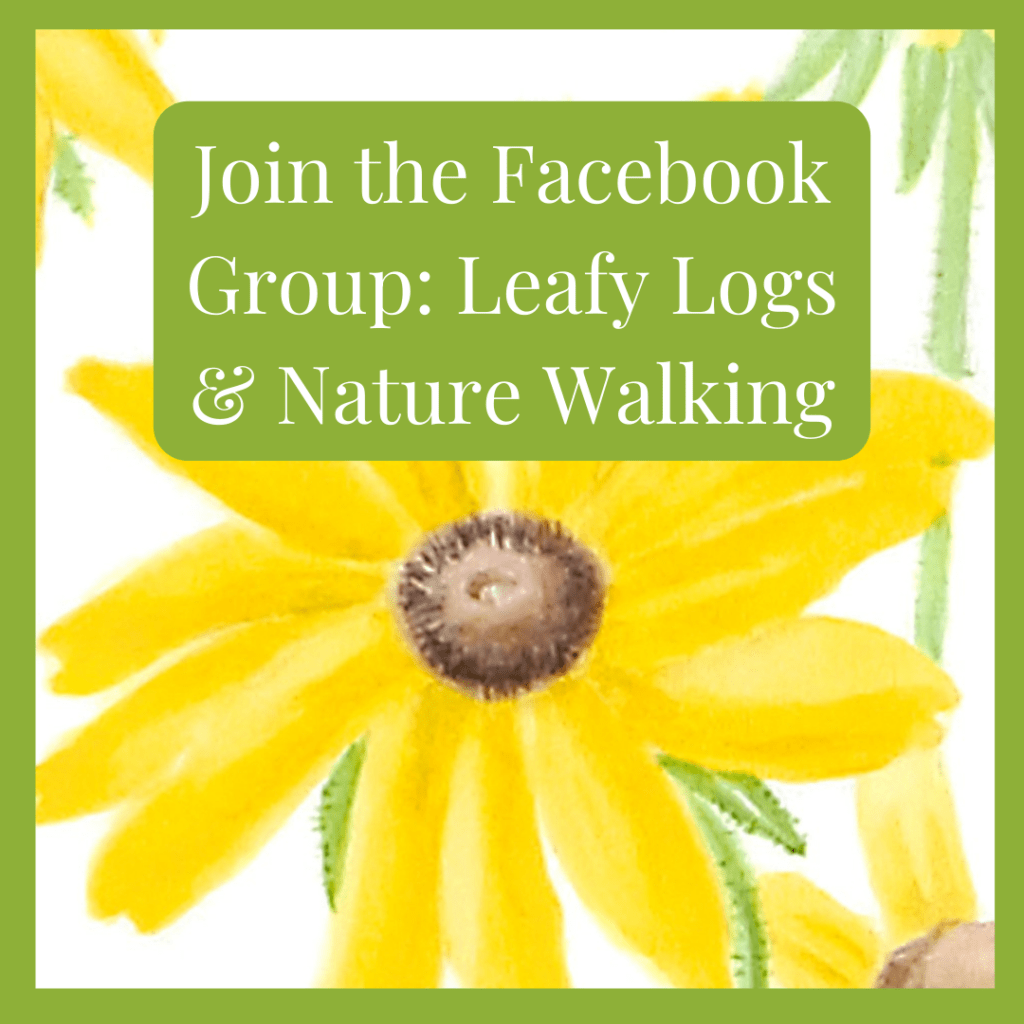For this walk you will want to take a small bag to collect fruits. At this time of year I think of seeds when I eat an apple. Buried inside the fruit there are always seeds that are carefully protected by that delicious fruit. And where do we throw the “core” when we have finished? If I am on a walk, I sometimes throw it into the ditch at the side of the road, or into a field. There are apple trees growing along the road just where some other hiker has thrown their apple cores. If that happens, the apple tree has been successful in creating a new tree. The bees will happily pollinate the apple blossoms when they appear one spring day in the future. What kind of seeds do you find as you take your walk? Are you looking at flower bushes or under trees? Are there roses nearby? If they have been pollinated, roses grow into beautiful orange fruits. They are high in vitamin C. Some people make them into jellies.
Cone flowers have a prickly center that turn into seeds. The petals may persist a long time after the seeds have begun to form. Notice the orange spikes in the center. These are the coneflower’s seeds.

Do you have oak trees above you as you walk? If the wind helps to pollinate their flowers, oak trees will create acorns. Lots of animals and birds like acorns. Turkeys, squirrels and deer all eat acorns. Oak trees have to be about 40 years old to create flowers in the spring and acorns in the fall. That’s why it’s important to let your trees grow strong and tall (and old). Look carefully. “Fruits” may not be edible for people. Sometimes they are hard little nuggets. Some have fuzz that carries them up into the air. Thistles, dandelions and milkweed come to mind. Have you ever seen a bird eating thistle seeds? Goldfinches are very fond of them. The wind helps these seeds disperse in order to create new plants. On a windy day, these little seed parachutes will travel a long way to start a new plant in a new place. Seeds often come inside pods. The pods crack open and the seeds fall out. Pea and bean seeds mature inside pods. When the seeds are fully grown, the pods dry and split open, dropping seeds onto the ground. Lilies, Columbine and Ladies Slippers are just a few of our flowers that create pods. Lupine create pods and twist when they are dry so that they fling the seeds away, dispersing them several feet beyond the “mother” plant.
Look into trees and bushes and dried flowers to see if you can find some seeds. Put them into your bag for a later time. When you return home, you can take out your pencils and draw the fruits you have collected in your journal. Don’t forget to add the date and place you collected them.


